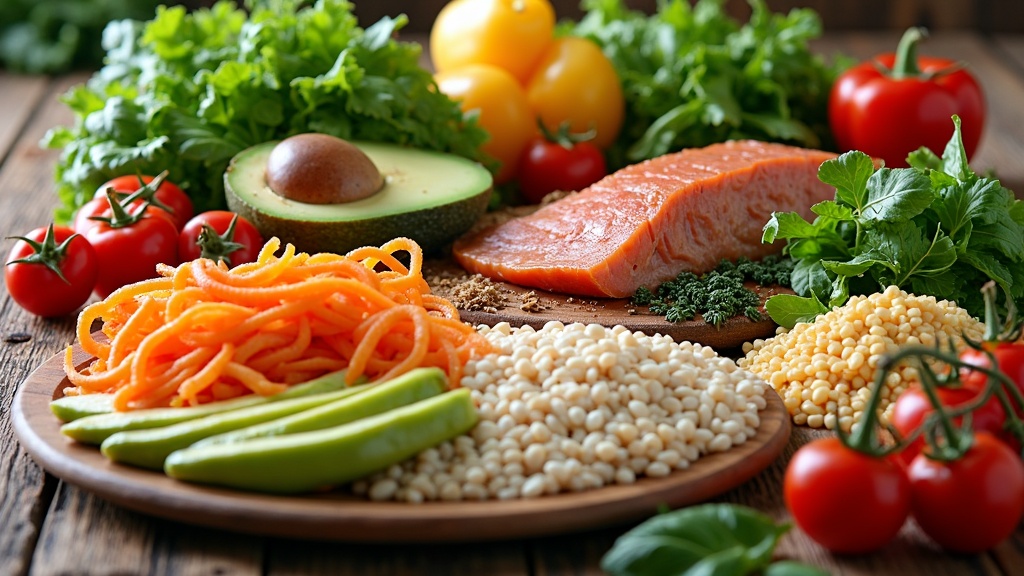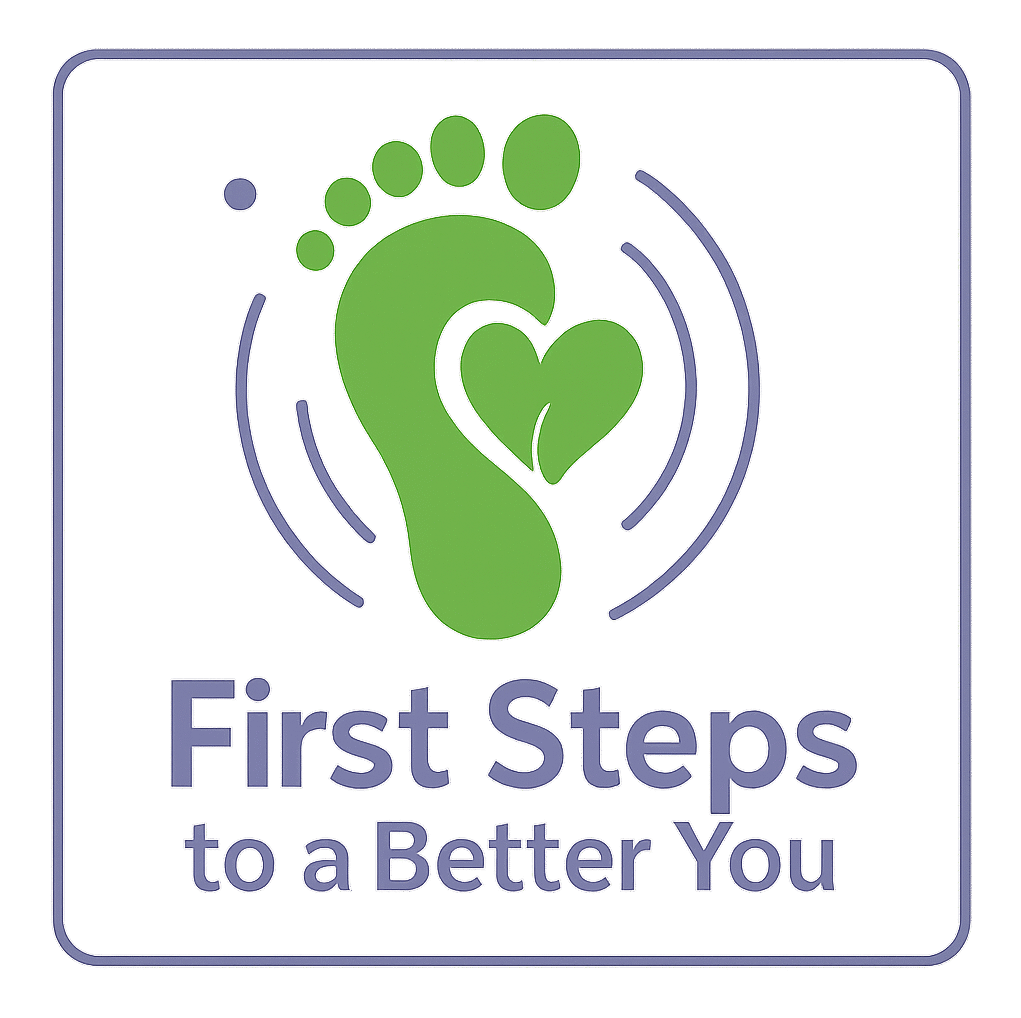Building a balanced calorie deficit meal plan is pretty handy if you’re hoping to lose weight without feeling miserable or hungry all the time. If you’ve ever wondered how people manage to shed pounds and still enjoy their food, it usually comes down to getting this balance right. Today, I’m breaking down the basics, sharing practical steps, and offering some real-life hacks to set up a calorie deficit meal plan that actually works.

Why a Balanced Calorie Deficit Meal Plan Matters
A calorie deficit just means eating fewer calories than your body burns, nudging it to use stored fat for energy. But there’s a catch: going too low can leave you grumpy, tired, and hungry. A balanced meal plan keeps you feeling good, meeting your nutritional needs, and gives you a better shot at keeping the weight off long term.
People sometimes get caught up in quick fixes, but those can backfire. Studies, like those referenced by the CDC, support the idea that slow and steady wins the race. Losing about 1–2 pounds a week is a pretty realistic and sustainable goal (CDC). If you want to avoid the dreaded yo-yo effect, aiming for a modest calorie deficit and keeping meals balanced pays off. Plus, a balanced approach can help step up overall energy and mood, not to mention make it easier to stick to healthy habits.
Getting Started: Figuring Out Your Calorie Needs
Before you build your plan, it helps to know roughly how many calories you burn in a day. This is usually called your Total Daily Energy Expenditure (TDEE). There are simple online calculators for this, or you can do the math by combining your Basal Metabolic Rate (BMR) with your activity level.
Once you have your TDEE, create a daily deficit of 300–500 calories for slow, steady weight loss. For example, if you need 2,200 calories to maintain your weight, eating 1,700–1,900 puts you comfortably in the deficit zone while leaving room for treats and flexibility. Try not to make your deficit too steep, as slashing calories too much can backfire by tanking your energy and metabolism.
- BMR (Basal Metabolic Rate): The number of calories your body uses just to keep you alive, even at rest.
- TDEE (Total Daily Energy Expenditure): Your BMR plus calories burned through daily movement and exercise.
- Calorie Deficit: The difference between your TDEE and your daily calorie intake.
You don’t need to obsess over the numbers—just aim for a reasonable range and adjust based on how your body responds over a couple of weeks.
Building Blocks: What a Balanced Meal Really Looks Like
When putting together meals, hitting your calorie target isn’t the whole story. Balancing macronutrients—carbs, proteins, and fats—makes meals more filling and keeps energy levels steady. Here’s how I usually break it down:
- Protein: Helps you stay full longer and supports muscle. Great sources are chicken, tofu, Greek yogurt, eggs, lean beef, beans, and fish.
- Carbohydrates: Provide energy for your day and workouts. Whole grains, fruit, starchy veggies (like sweet potatoes), and legumes work well here.
- Healthy Fats: Support hormone balance and help absorb vitamins. Avocado, olive oil, nuts, seeds, and fatty fish are my top picks.
Pairing fiberrich carbs with lean protein and healthy fats helps you dodge those sudden cravings and hunger attacks. For more staying power, include veggies at each meal—they add volume, helping you feel full with fewer calories.
Example of a Day in a Balanced Calorie Deficit Meal Plan
Here’s how I’d lay out a 1,800-calorie day with plenty of variety and satisfaction. This is just a starting point—you can swap ingredients for what you love or have on hand.
- Breakfast: Greek yogurt (¾ cup) with berries (½ cup), chia seeds (1 tbsp), and ½ cup of lowsugar granola
- Snack: Sliced apple with 1 tbsp of natural peanut butter
- Lunch: Grilled chicken breast (4 oz), quinoa (½ cup), roasted broccoli (1 cup), and a squeeze of lemon
- Snack: Hummus (2 tbsp) with baby carrots and red bell pepper strips
- Dinner: Salmon (4 oz), brown rice (½ cup), steamed green beans (1 cup), and 1 tsp olive oil drizzled over the veggies
Drinking plenty of water and including drinks like herbal tea can help control appetite without adding lots of calories. Experiment with sparkling water or add lemon and mint to your drinks for a next level cool refreshment.
Tips for Sticking With Your Calorie Deficit Meal Plan
Sticking to your meal plan over time gets a lot easier with a little meal prep, a bit of creativity, and a flexible attitude. Here are a few things I’ve found super useful to keep things on track:
- Batch cook proteins and grains: Make a bunch of chicken or tofu and rice at once to save time later in the week.
- Keep healthy snacks available: Pre-chop veggies and portion out nuts or popcorn for grab and go options.
- Spice it up: Changing up herbs and spices keeps simple meals from feeling boring. Throw in some new spices or add a squeeze of citrus to freshen up dishes.
- Plan for cravings, not against them: Build occasional treats into your week, like dark chocolate, a small latte, or homemade baked goods. Allowing yourself some flexibility can make sticking with your plan much more enjoyable.
It can also help to pack meals for work or outings, so you’re less likely to be stuck with only unhealthy choices on the go.
Possible Challenges and How I Handle Them
- Getting bored with meals: Try mixing up your proteins, switching from rice to barley, or testing out new sauces and seasonings. Adding fresh herbs can really brighten up a dish and mix in some flavor variety.
- Unexpected events: Sometimes a meal out or an unplanned treat pops up. No need to panic—just balance it out with lighter meals or a little more movement. Remember, consistency beats perfection over time.
- Social pressure: It can be tricky when people around you aren’t eating the same way. I focus on picking the healthiest option available and not skipping meals you actually enjoy. Most of the time, people respect your choices when you’re open about your goals.
- Hitting a plateau: If weight loss stalls, double-check calorie intake, bump up activity a notch, or add a rest day to give your metabolism a tiny boost. Sometimes, mixing in some variety with your workouts helps get things moving again.
Protein and Fullness
If I notice I’m hungry soon after eating, it’s almost always because I skimped on protein or healthy fat. Topping a salad with beans, grilling extra turkey, or adding a sprinkle of nuts makes a big difference in satiety. For afternoon snacks, Greek yogurt or cottage cheese provide long lasting fullness.
Managing Calories When Eating Out
Dining at restaurants or grabbing takeout doesn’t have to derail goals. I usually check the menu ahead of time, look for grilled or roasted options instead of fried, and ask for sauces on the side. Skipping the bread basket and splitting dessert helps keep the meal within my calorie target. If portions are huge, I often box up half the meal for another time.
Handy Tools and Apps for Meal Planning
A few digital helpers can make planning, tracking, and shopping so much easier. My favorites include:
- Calorie tracking apps: MyFitnessPal, Cronometer, or Lose It! all have barcode scanning and food databases for easy logging. Tracking your meals for even a few days can help you spot where extra calories might sneak in.
- Meal planning websites: PlateJoy and Eat This Much generate meal plans tailored to your calories and preferences. They even create shopping lists for you.
- Grocery delivery apps: Instacart and Amazon Fresh can cut down on impulse buys and help stick to a shopping list. This saves both time and temptation at the store.
You can also set reminders to drink water and prep meals, helping build healthy habits along the way.
Common Questions About Calorie Deficit Meal Planning
These are a few questions I hear most often from people starting out or tweaking their plans:
How do I know if my calorie deficit is big enough?
Tracking your weight once a week and seeing a slow, steady decrease is usually a good sign you’re in the right range. If you feel sluggish or notice muscle loss, try raising your calorie intake a bit. Above all, listen to your body’s hunger and energy signals—your plan should make you feel good, not rundown.
Will I lose muscle if I eat in a calorie deficit?
Strength training a few times a week and getting plenty of protein helps your body hold onto muscle while you’re dropping fat. Skipping workouts or skimping on protein can make muscle loss more likely, so try to build some resistance training into your week. Even short home workouts can support muscle during weight loss.
Can I have cheat meals?
Flexible dieting works for a lot of people. If you work treats into your weekly calories, you don’t have to feel guilty. It’s all about balance and what helps you stick with the plan for the long haul. Having a fun meal occasionally may even help you stay motivated.
Real-Life Benefits and Why People Stick With It
It’s rewarding seeing real changes, whether it’s clothes fitting better, improved energy, or more confidence. This kind of approach doesn’t mean giving up favorite foods forever. Instead, it’s about making steady changes that fit real life. Friends of mine who started with small swaps—like switching soda for sparkling water or trading fries for a side salad—often report feeling better pretty quickly.
Setting up a balanced calorie deficit meal plan puts you in the driver’s seat of your health goals. A little planning and a realistic attitude go a long way in making sure you enjoy the process and stick with it for longer than just a few weeks. With the right plan in place and a focus on progress over perfection, lasting results are well within reach. Remember, it’s the consistent, mindful changes that lead to the best outcomes—so go ahead, map out your plan and enjoy every step of your wellness adventure!
